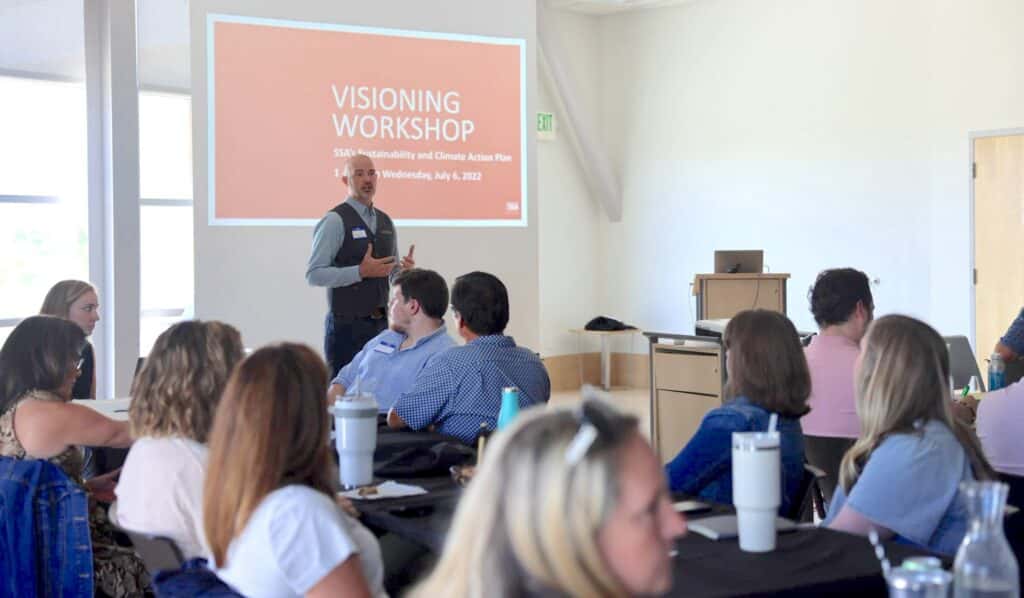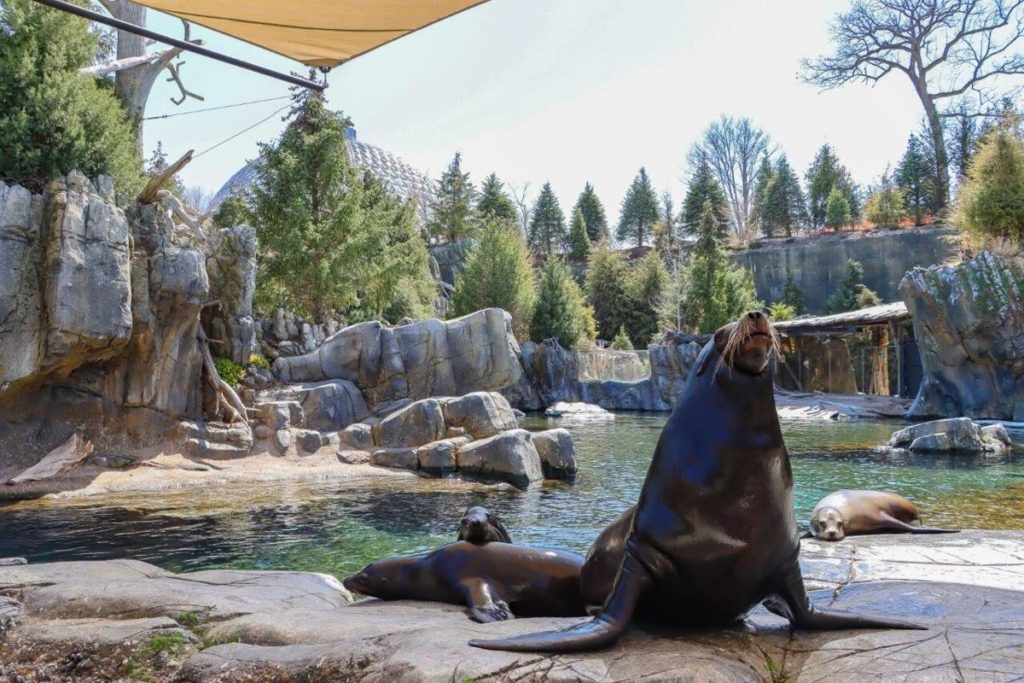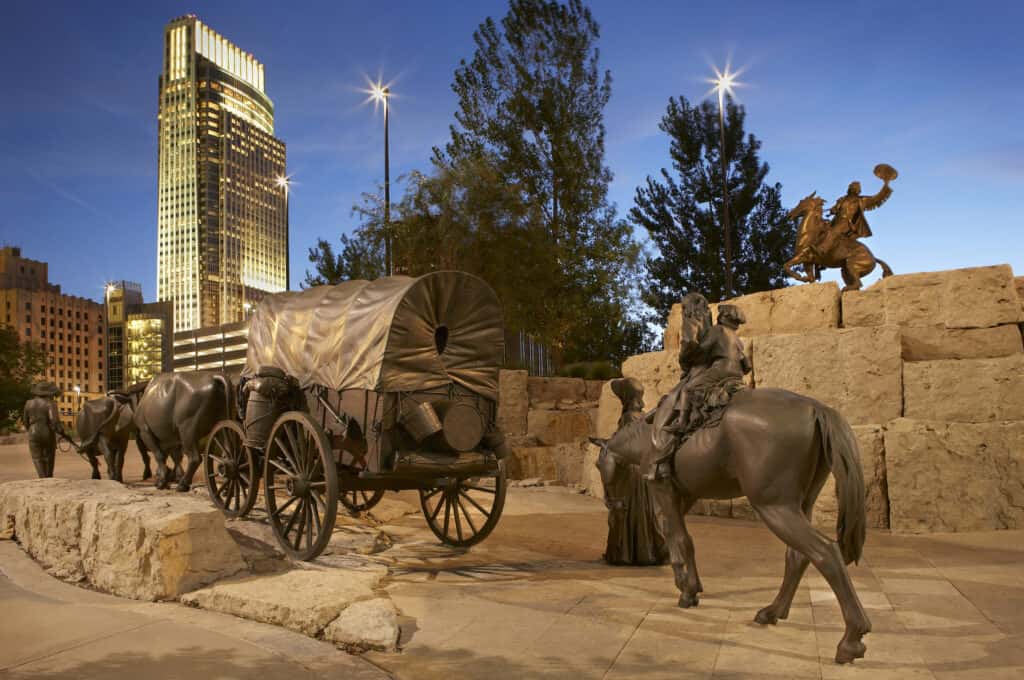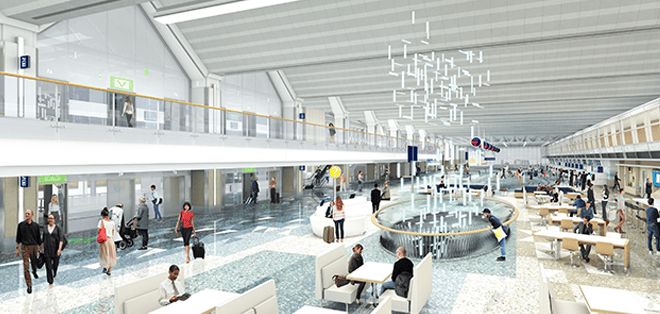

In 2017, Black Hills State University came to Verdis Group wanting a Sustainability Master Plan that would allow them to take their sustainability efforts to a new level.
BHSU was already quite sophisticated in their sustainability efforts — they had a well-developed campus-wide recycling program in place, had set a carbon neutrality goal, were composting food waste from the dining hall and using in their community garden, and had created an innovative food hub connecting local farmers with local restaurants and cafeterias.
And yet, they wanted a Sustainability Master Plan that would consolidate and analyze all of their efforts in one place and create a roadmap for further sustainability progress over the coming years. They also wanted a Sustainability Master Plan that looked at sustainability from a holistic perspective – taking into account the dimensions of Wellness and Diversity in addition to several other key sustainability indicators. In another ground-breaking area, they wanted us to advise them on climate resiliency (more on that below).
Over a period of 11 months, we led the campus through a comprehensive planning process. Working closely with BHSU subject matter experts and staff, we took the following steps:
- We established baselines. We gathered data to make sure we had accurate baselines on their current energy and water use, as well as waste and recycling totals, integration with the curriculum and many other metrics.
- We established key indicators. BHSU decided to track nine key indicators: Academics, Wellness, Food, Diversity, Carbon Neutrality, Engagement, Water, Grounds, and Waste.
- We set goals and a time horizon for each of those key indicators. We held a Vision & Goals Workshop with key administrators, staff and students to draw forth goals from the community. We made sure the goals were challenging yet achievable. We aligned all the goals for attainment in the year 2030.
- We developed data-driven, realistic strategies to meet each of those goals. Through our sustainability experience, research and collaboration with BHSU experts, we developed prioritized lists of strategies that will bring the campus to achieve their goals.
- We wrote the Sustainability Master Plan. This 90-page document is both a visionary and practical document to guide BHSU’s sustainability efforts from now until 2030.
BHSU is delighted with the final result. Since its publication, the planning team has been sharing it with key groups on campus and it has generated quite a lot of excitement. President Tom Jackson is thrilled. And so are we!
Read the Black Hills State Sustainability Master Plan here.
Next Step: A Climate Resiliency Master Plan
In true pioneering spirit, BHSU did not want to stop with their new and comprehensive Sustainability Master Plan: they also wanted to create a Climate Resiliency Plan that would take into account the risks and vulnerabilities their campus and community face in the changing climate of the future, and to make forward-thinking plans to build resilience into their systems so that they can continue to thrive. We co-created a Climate Resiliency Master Plan released in July 2019.
Resilience is defined this way by the Intergovernmental Panel on Climate Change:
“The capacity of social, economic, and environmental systems to cope with a hazardous event, trend, or disturbance, responding or reorganizing in ways that maintain systems’ essential function, identity, and structure while also maintaining the capacity for adaptation, learning, and transformation.” (IPCC 2014b)
With significant changes in weather patterns already occurring and projected to continue, it is essential for organizations to assess how they will withstand future climate impacts and build resiliency for their systems, people and regions in the process. Resiliency work is at a much larger scope than sustainability work and acknowledges a much more dynamic context. In essence, an organization needs to learn how to continually adapt to ever-changing circumstances.
Our process to create the Climate Resilience Plan included the following steps:
- Preparation & Research. We assisted BHSU in creating a Campus/Community Task Force and gathered key information from these experts to guide our process.
- Resilience Assessment. We facilitated two workshops where we used the latest climate data to assess the vulnerabilities of BHSU and the surrounding region to projected climate impacts. These include flooding, wildfires, and drought. We then examined the factors that will enable BHSU and the region to become resilient to these impacts.
- Development of Thresholds of Resilience. We facilitated a third workshop in which we guided participants to identify the thresholds they would need to meet in order to ensure resilience to future impacts. Then, we developed strategies to meet those thresholds.
- Climate Resiliency Plan Development. The finished plan includes work of the Task Force and points a clear direction forward to help BHSU and the region adapt to the changing climate in ways that will build community, strengthen the economy and ensure a thriving environment for all into the future.
We are extremely excited about developing our expertise in climate resiliency and believe it is the future of the sustainability movement.






